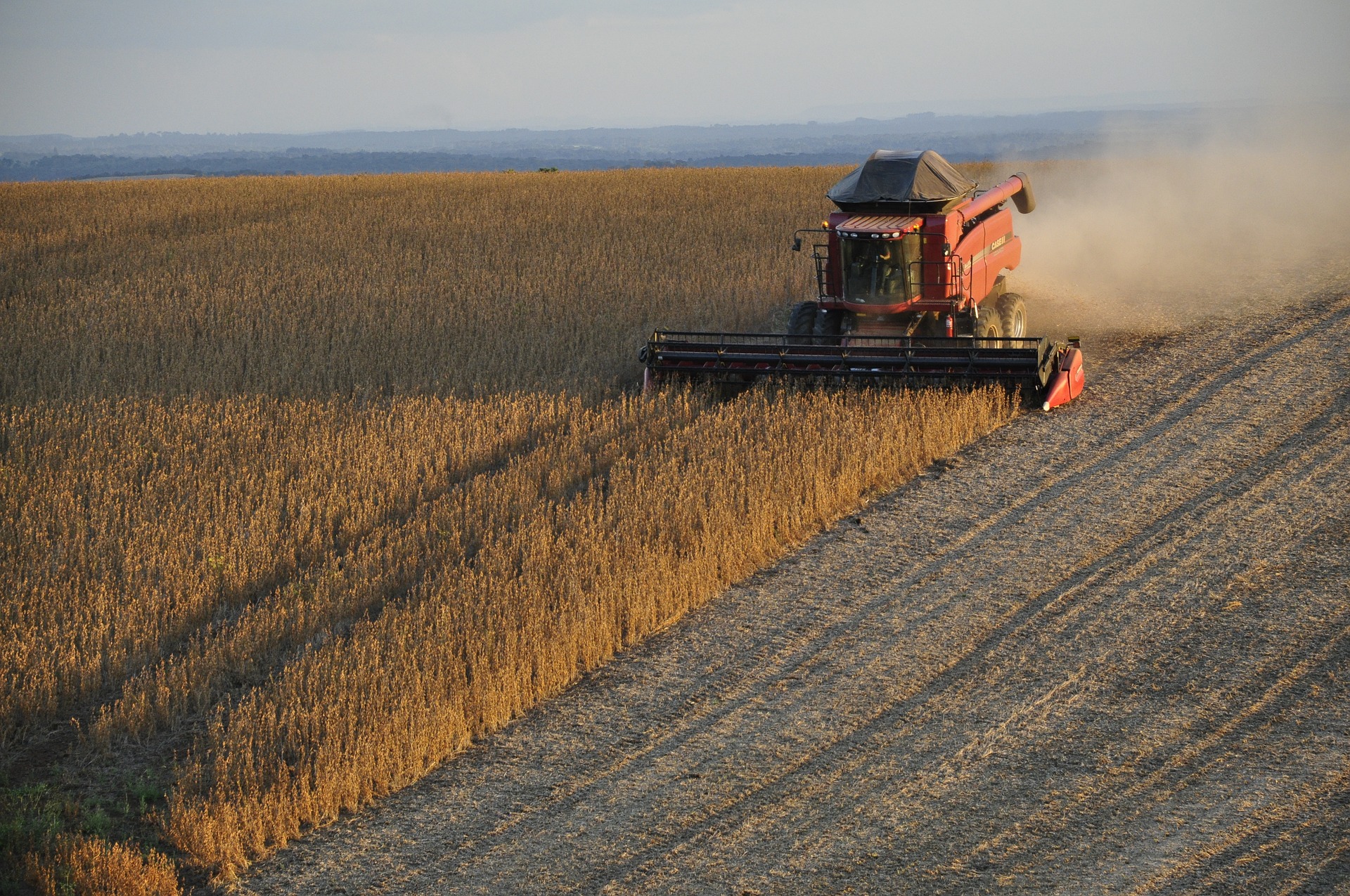Despite my robust efforts thus far in defending the safety and utility of soy intake as an economic means to reduce animal protein consumption and add dietary variety, I do feel as though there are a few stones that I’ve left unturned.
My long-time readers will know that I’ve touched on many of the most common questions surrounding soy-based foods, including:
But what I’ve come to realize is that there are still at least two major misleading claims made about soy in the public sphere that I’ve yet to address.
They relate to the environment and genetic modification, two very hot topics that are absolutely worth diving into.
Let’s get started.
#1 Growing Soy Is Killing The Environment
Now this one, my friends, is a really tricky one.
Why?
Because it’s actually true.
According to the World Wildlife Fund, soy is second only to beef in terms of driving global deforestation – that’s not good.
I’ve actually seen this argument used as an “anti-vegan” argument on an errant Facebook post where the user claimed that people should not be vegan ( I’m not) because growing soy is worse for the environment than raising livestock.
But there’s only one little problem with this claim.
According to the US Department Of Agriculture, 70% of soy beans grown in the United States are for ANIMAL FEED – poultry primarily but also animals providing pork, beef, dairy and even aquaculture.
Only 15% of the soy grown in the USA, which is the #1 global soy producing country, is used for human consumption.
Bottom Line: It’s not the demand for tofu that is driving soy-bean fueled global deforestation, it’s the demand for meat and dairy (among other things).
Brazil, for the record, where a vast amount of rainforest has been destroyed to grow soy, might even use a greater proportion of soy for animal agriculture than the USA does.
#2 Most Soy Is GMO And Therefore Bad For Us
This is another one that I hear quite a bit as it relates to why one should avoid soy intake.
And once again, it is technically a correct statement – well the first part is anyway.
Soy is, after all, among the most genetically modified crops in the world.
Now although I’ve discussed GMOs on my blog before, I am willing to play along with the idea that (despite a lack of evidence to support the claim) that GMO soy is bad.
I do also appreciate that the concept of GMO food just simply does not resonate or with well with some people and I have a level of understanding of that as well.
So then the question becomes, knowing that MOST soy is grown to feed the animals that people end up eating, how much GMO soy even makes it to our mouths directly?
In order to begin to answer that question, I thought about my own soy intake.
The two soy products I most frequently consume are soy milk and tofu.
The Soy Milk market is dominated by the Silk brand – which also happens to be the brand I drink and certainly the one that is most visible here in Canada.
All Silk products are non-GMO, as per the company’s philosophy.
It was slightly harder to determine who held the largest % of the tofu market, but it does appear to be the Nasoya brand that is most widely sold in the USA.
Just like Silk, Nasoya products are certified non-GMO, as per the company’s philosophy.
Bottom Line: Although what I’ve done here is only a rudimentary analysis, it does appear that the majority of GMO soy, for better or for worse, ends up in the mouths of livestock and not our own.
Meaning the “soy is bad for us because its all GMO argument” does not hold either.
I rest my case for now.
Until next time,
Andy De Santis RD MPH
Bonus Content – #3 Soy And Hormone Levels



